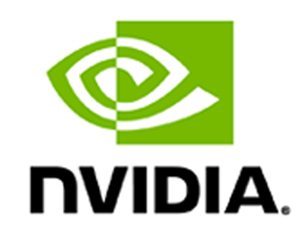What Is NVIDIA vGPU Technology?
When it comes to meeting Gen Z students’ high expectations for user experience and performance, NVIDIA vGPU virtualization technology is key. NVIDIA vGPU software delivers virtual workspaces that are equivalent to physical workstations. It makes server-class performance possible for even the most compute-intensive courses. NVIDIA vGPU software enables IT teams to help remote learners stay productive, whether they are working on sophisticated artificial intelligence applications or collaborating on team projects in real time.
In practice, this means shifting the burden of compute processing away from local physical devices by using VDI, which provides desktop applications and services via virtual machines (VMs). These are delivered to end users over a network connection.
“On a physical device, the GPU is typically installed in the device and handles all the rendering,” says Phoebe Lee, product marketing manager at NVIDIA. “NVIDIA vGPU technology sitting on top of the VDI enables GPUs in the data center to deliver GPU processing. All rendering is done on the server.”
Universities and colleges can opt for on-premises or cloud-based deployments depending on their needs. For example, some schools prefer on-premises solutions that provide maximum provisioning flexibility. “For this implementation, a lot of schools are using the data center to provision and create VMs to run student and staff workloads in the morning. Then, at night, they use the same GPU resources that are freed up from the morning classes to run high-performance computing tasks,” Lee says.
For higher education institutions that prefer cloud computing, NVIDIA works with major cloud service providers along with smaller and regional ones to provide maximum flexibility.
Lee puts the NVIDIA approach to GPU provision simply: “This is no longer a one-to-one relationship but one-to-many that provides different solutions based on use case and user needs.”
How Does NVIDIA vGPU Help Universities Deliver Quality Education?
To handle compute-intensive workloads on campus, universities and colleges have historically equipped students and staff workspaces with desktops that each contain a dedicated GPU.













